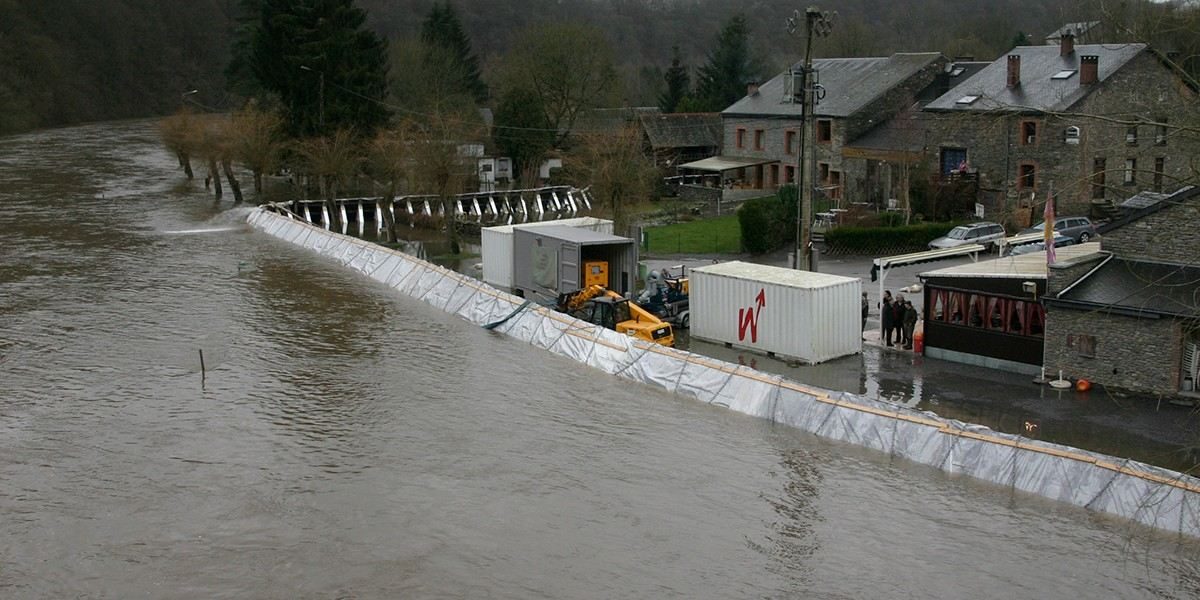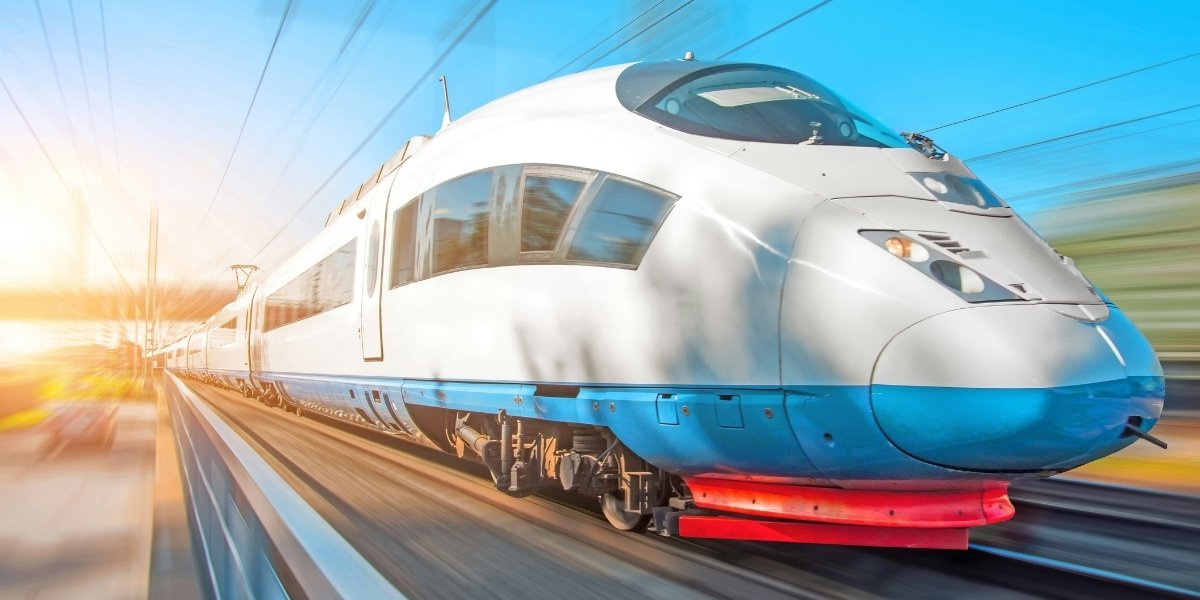As climate trends keep changing and weather-related disasters occur more often, the worldwide cost of flooding has skyrocketed. Floods account for over 40 percent of all weather-related disasters globally, impacting millions of people and causing billions of dollars in damage annually, the World Bank says. Urbanization has made the issue worse, with cities built on concrete leaving fewer natural systems to soak up excess water. With governments and societies looking for quicker, more responsive measures, the practice of civil engineering has adapted to address new challenges with ingenuity and economy.
One of the responses by engineers that has revolutionized how the world responds to flood protection is modular and interim barriers. These types of systems, being rapidly deployable, have taken over from classical sandbagging in most areas and now form the cornerstone of contemporary flood defense planning. The transition towards reusable, self-sturdy structures is a pragmatic and economic solution in locations where permanent walls or levees are impossible. Among the worldwide changes, one firm’s strategy has elicited worldwide interest in imagining temporary safeguard differently.
Geodesign Barriers, based in Saltsjöbaden, Sweden, started its journey in 1992, founded by civil engineer Sten-Magnus Kullberg. What began as a test of basic physics, employing pallets angled and topped with a water-resistant membrane, would soon find its way into shaping the flood risk management of entire regions. Kullberg’s design was centered on stability by self-anchoring, where the weight of the incoming water was utilized to fix the structure in place rather than external attachments. This initial idea brought forth an important tenet that still characterizes Geodesign’s technology today: flexibility without sacrificing safety.
The system gained widespread recognition in 1999 when it was used in the course of flooding in the River Rhine in Cologne, Germany. Approximately 500 meters of the barrier were installed by 18 workmen and local volunteers in under five hours, effectively holding back water over a meter deep for almost four days. The incident, locally referred to as the “Wunder von Rodenkirchen,” was one of the first large-scale proofs of the effectiveness of temporary barriers to shield whole communities without the delay and manpower needed for sandbags.
A year later, Sweden experienced one of its worst floods in the town of Arvika. Kullberg’s system was tested for the second time. The speed of construction and resilience of barriers saved several important sites, garnering national attention and press coverage that established credibility with engineers and local governments. The same year, in 2000, Geodesign received the Grand Prix at the 28th International Exhibition of Inventions in Geneva, a breakthrough that catapulted the company’s innovation to global attention.
Since its early success, the company adapted and developed its designs further throughout the 2000s. The initial pallet-based design gave way to a more robust steel and panel system, reinforced by cross-braces to increase its rigidity. In 2003, Geodesign Barriers Ltd was founded in the United Kingdom, the company’s first foray overseas. That year, its independent barrier was the first of its type to receive British Standards Institution Kitemark approval under PAS 1188-2 for emergency flood defense. The approval set a new standard for dependability in emergency flood protection and helped frame contemporary safety and test standards throughout the industry.
Over time, the company’s research and field experience led to a broader product range. In 2015, Geodesign introduced the Industrial series, designed for water depths between 0.81 and 1.21 meters. The following year, the company became the main supplier of temporary barriers to the Environment Agency in England, providing over 40 kilometers of P101 Industrial barriers for the national flood protection stockpile. These systems were subsequently installed in various locations to protect infrastructure and housing from extreme weather.
Geodesign had further grown by 2018 through the introduction of the Elemental line for lower water conditions and the establishment of Geodesign Barriers Inc. in the United States. All of the barrier products are based on the same design principle: a steel frame with lightweight panels that are easy to install without ground anchoring. Every product is certified to the ANSI/FM 2510 standard, an internationally accepted benchmark for temporary flood protection systems, which verifies that they perform within strict performance and durability standards.
The barriers of the company have since been installed in over a dozen nations. In 2016, Geodesign systems were applied in Paris to safeguard an EDF power substation from flooding on the Seine River. In 2017, the barriers were installed in Rockhampton, Australia, to safeguard some 400 homes from the Fitzroy River. The same technology was subsequently deployed in Myrtle Beach, South Carolina, in 2018, where several homes were temporarily kept out of floodwaters caused by Hurricane Florence. In 2022, Geodesign barriers were deployed in Maryborough, Australia, to protect the central business district from significant flooding incidents, and in 2024, they were deployed once again in Ironbridge, United Kingdom, to contain the River Severn.
Geodesign’s strategy has likewise been found to be versatile outside of flood protection. Its systems can serve as temporary cofferdams to provide dry work areas in or near water without disrupting the site’s terrain. Such versatility has helped the technology become beneficial for civil works projects, infrastructure restoration, and environmental conservation. Through practicality and reusability combined, the barriers incorporate a wider worldwide shift towards sustainable building and disaster preparedness.
From Swedish origins to global recognition as an engineering solution, the company’s progress demonstrates how need continues to spur innovation in civil engineering. The ongoing development of Kullberg’s initial idea has demonstrated that even the simplest ideas, such as a few sloping panels and a watertight cover, can spur long-term technological change.
Headquartered in Sweden and operating in the United Kingdom and the United States, Geodesign Barriers has partnerships with local distributors and public agencies worldwide. Its history reflects the modern flood defense’s own development: pragmatic, evidence-based, and rooted in decades of on-the-ground experience. While flood risk increases worldwide, Sten-Magnus Kullberg’s legacy and that of the engineering team responsible for Geodesign Barriers demonstrate that innovation often starts with one well-placed concept.









